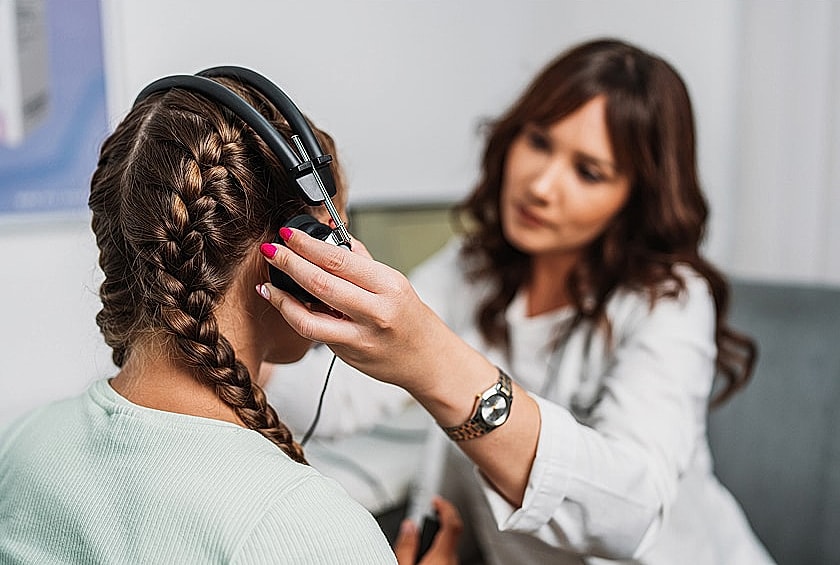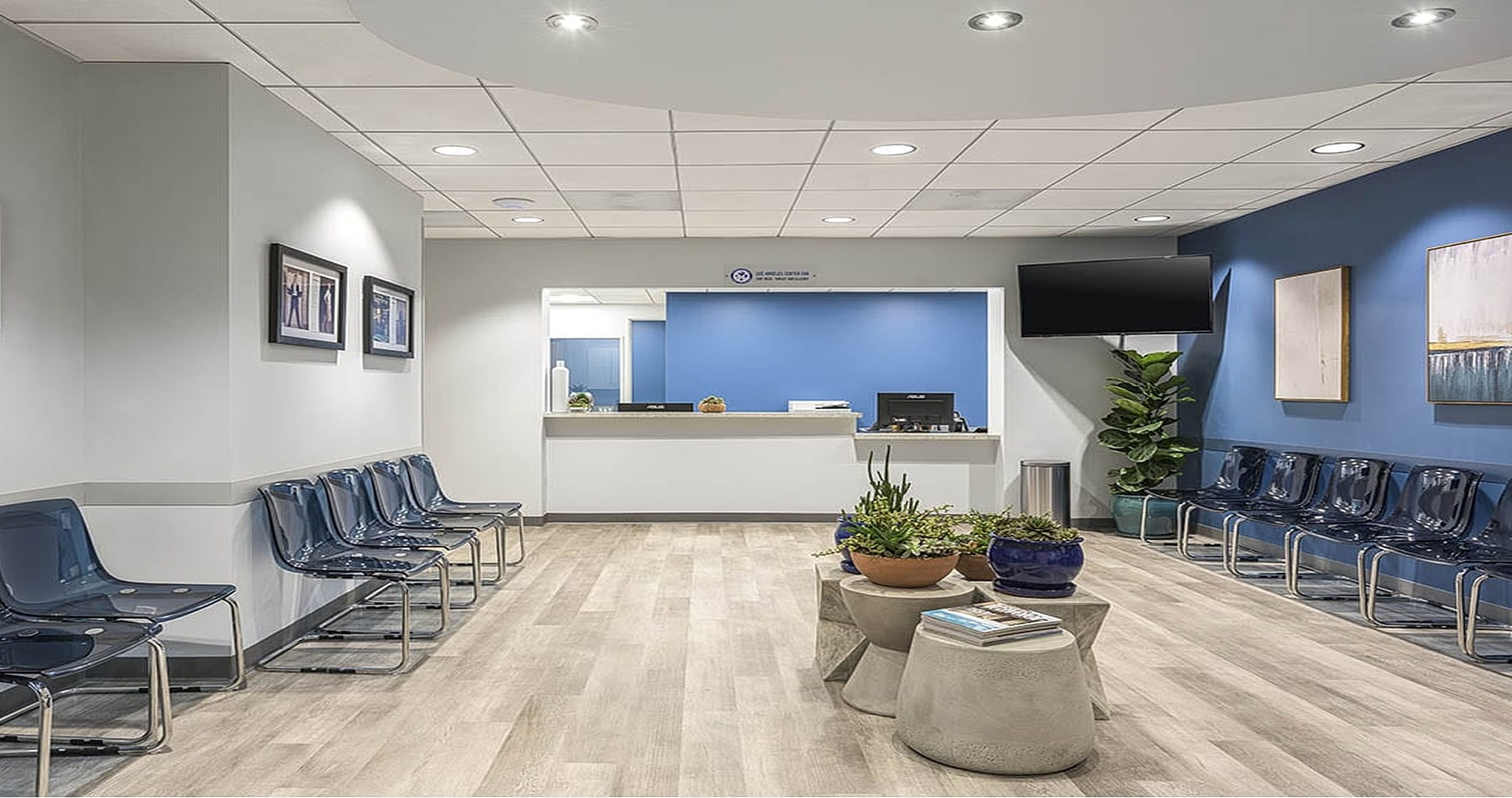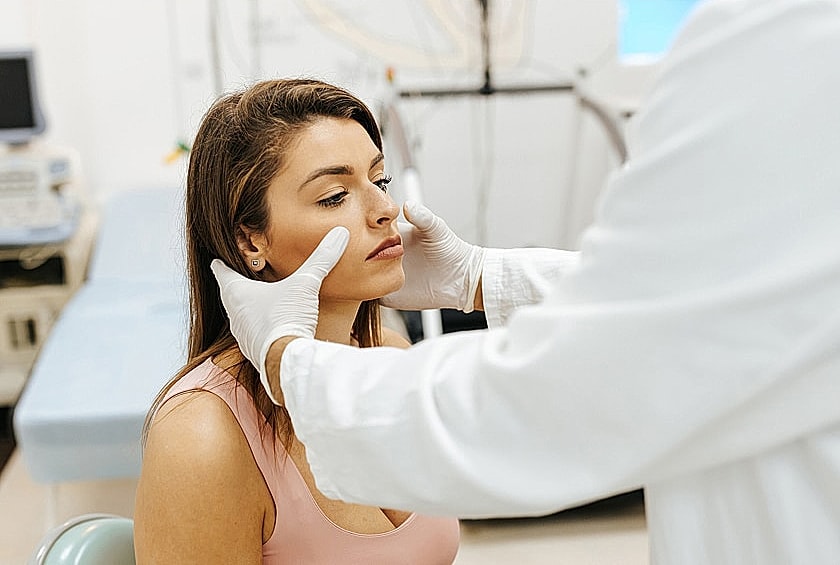
















The salivary glands, including the parotid and submandibular glands, produce saliva to aid digestion and maintain oral health. However, tumors, infections, and obstructions can develop in these glands, causing pain, swelling, and difficulty swallowing. While many salivary gland tumors are benign, some may be cancerous or require removal due to persistent symptoms.
At SoCal ENT, our board-certified surgeons specialize in advanced salivary and parotid gland surgery, ensuring safe, effective treatment while preserving critical structures like the facial nerve. Whether you need tumor removal, infection management, or stone removal, we offer minimally invasive and traditional surgical techniques for optimal results.





The salivary glands produce saliva, which helps with digestion, lubrication, and oral health. The three major salivary glands include:
Parotid Glands: The largest salivary glands are located in front of and below the ears.
Submandibular Glands: Found beneath the jaw, producing a significant amount of saliva.
Sublingual Glands: Located under the tongue, contributing to saliva flow.
When tumors, infections, or blockages affect these glands, surgical removal may be necessary to relieve symptoms and restore function. Our experienced team provides advanced diagnostics and treatment options tailored to your needs.
Surgery may be recommended for salivary gland disorders that do not improve with medications or non-invasive treatments, such as:
A blocked salivary duct can lead to chronic swelling, pain, and infection.
If you have a persistent lump, pain, or difficulty swallowing, a consultation at SoCal ENT can help determine the best treatment option for you.

You may be a candidate for surgery if you:
Our specialists at SoCal ENT will conduct a thorough evaluation to determine the best treatment approach for your condition.

Recovery from salivary gland surgery is typically smooth, with most patients experiencing only mild discomfort. Swelling and bruising around the incision site are common in the first few days, but these symptoms gradually subside. Some patients may experience a sore throat or mild discomfort when swallowing, though this is temporary. In cases where a drainage tube or stitches are required, they are usually removed within a few days. Most individuals can return to normal activities within one to two weeks, depending on the extent of the procedure and individual healing times.
To ensure a smooth recovery, it is important to follow post-operative care instructions. The incision site should be kept clean and dry to reduce the risk of infection. A soft food diet is recommended for the first few days to avoid irritation or discomfort while swallowing. Patients should avoid heavy lifting and strenuous activity for at least a week to prevent unnecessary strain. Staying hydrated and closely following all aftercare guidelines provided by your doctor will support optimal healing and recovery.

Most patients experience immediate symptom relief following salivary gland surgery, especially if the procedure was performed to address pain, swelling, or gland obstruction. While some post-operative swelling is normal, full healing generally occurs within two to three weeks. Long-term side effects are minimal, and most patients regain normal gland function without complications.
The results of salivary gland tumor removal are typically permanent, especially if the tumor is fully excised. For patients undergoing surgery due to chronic infections or salivary stones, the likelihood of recurrence is low after successful removal. However, ongoing gland health should be monitored, and any future symptoms should be evaluated by a specialist.
If you have a lump, swelling, pain, or persistent salivary gland infections, surgery may be recommended.
Salivary gland surgery offers numerous benefits, including the elimination of tumors, which reduces the risk of complications or malignancy. Patients often experience relief from chronic pain, swelling, and difficulty swallowing, allowing for improved comfort and quality of life. The procedure also restores normal saliva production and gland function, ensuring proper digestion and oral health. Additionally, removing blockages or infected gland tissue helps prevent future infections and other gland-related issues. For many patients, salivary gland surgery provides long-term relief and improved overall well-being.
Most insurance plans cover medically necessary salivary gland surgery. We can help verify your coverage.